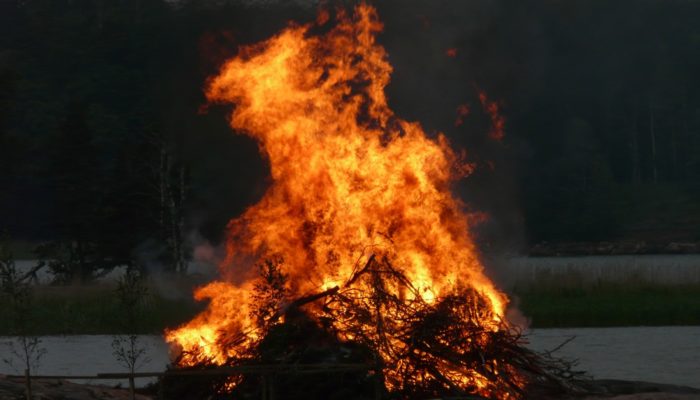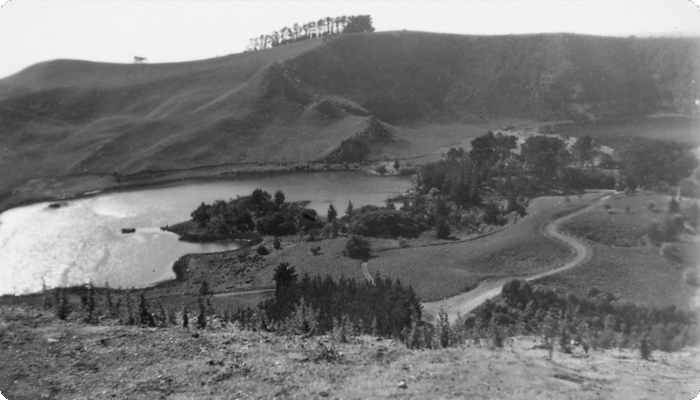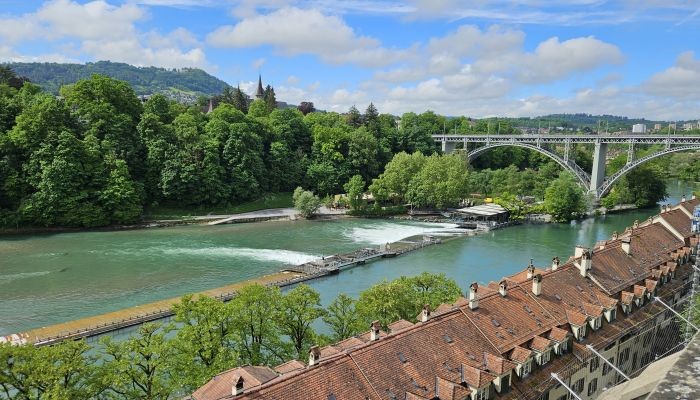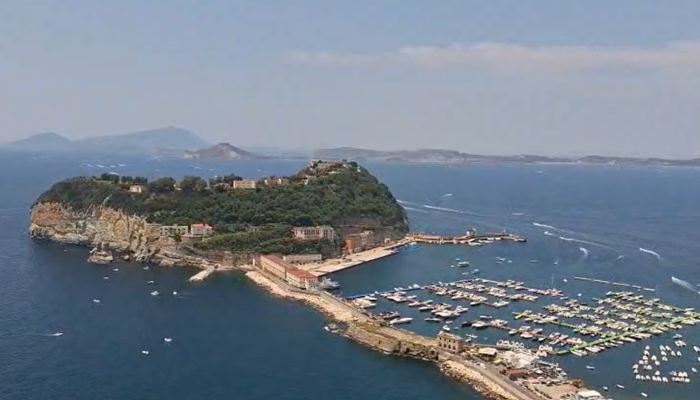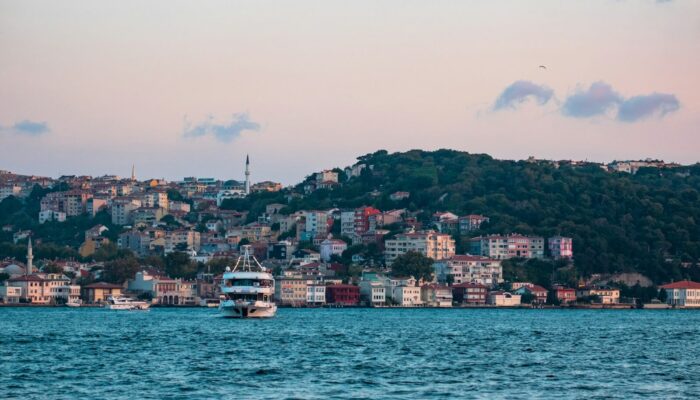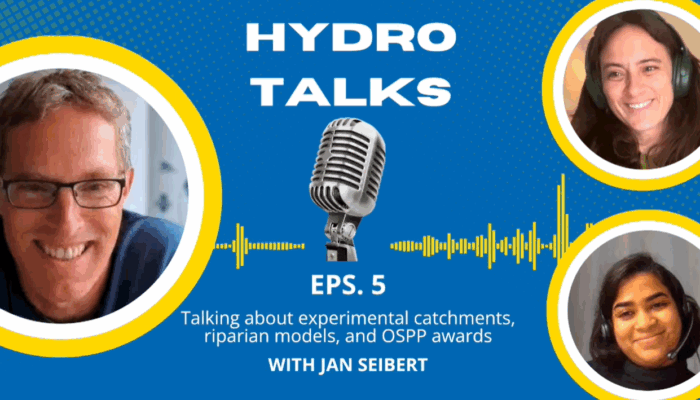It’s been quite the year! Before we say goodbye to 2025 and send our readers into a well-deserved holiday, our 2025-2026 editorial team shares some of their favorite Biogeoscience-themed books. Lucia S. Layritz – Editor-in-chief recommends Otherlands by Thomas Halliday This book takes you on a journey through Earth’s ancient ecologies. Each chapter tells a story about a past geological perio ...[Read More]
Geodesy
EGU Campfire Geodesy – Share Your Research – 15th Edition
We are excited to announce the 15th edition of Geodesy Campfire – Share Your Research in November. The Geodesy EGU Campfire Events “Share Your Research” give (early career) researchers the chance to talk about their work. We have two exciting talks by our guest speakers, Koen Haakman and Aleksander Partyka. Below, you can find the details of the topics awaiting us. We will have time to network aft ...[Read More]
Tectonics and Structural Geology
Geomythology. Craitbul journey through the Newer Volcanics in SE Australia
The Aboriginals Australians had and hopefully will continue to have an important oral tradition, especially related to impacts, tsunamis, earthquakes and volcanoes. This time, I would like to set our new narrative in southeast Australia, where the Booandik people tell a story suggesting how their ancestors witnessed and interpreted volcanic activity in the Mount Gambier area. The story, reported b ...[Read More]
Hydrological Sciences
How to Create Your Own Water-Themed Audiotour
Imagine walking through the Swiss capital, Bern, a city full of water. While you walk, a voice from your headphones guides you along the way and tells you interesting facts about the river and other water sites. You discover the Matteschwelle dam, pass by several fountains, visit a historic weather station, and have a closer look at the clear blue water of the Aare River and its old bridges. This ...[Read More]
Geodynamics
Human civilization must survive on geological times: Why and How?
Natural Hazards
Living with a restless giant: The challenge of multi-risk management and communication at Campi Flegrei Volcano
Nestled within one of Europe’s most densely populated regions, the Campi Flegrei caldera is a volcanic system whose secular unrest shapes the daily life of its inhabitants. Here, during the last decade and still ongoing crisis, ground uplift, frequent earthquakes, and persistent gas emissions interact to create a complex, evolving multi-risk environment. These natural hazards rarely follow simple ...[Read More]
Climate: Past, Present & Future
Türkiye’s Climate at a Crossroads
Climate change is often described as a challenge of the future. Yet through our latest work, we’ve realized the future is already unfolding across Türkiye’s landscapes and climates. The signs are visible in the shifting seasons, intensifying heatwaves, and changes in rainfall… As one of the authors of the study “High-Resolution Projections of Bioclimatic Variables in Türkiye: Emerging Patter ...[Read More]
Atmospheric Sciences
Harnessing Machine Learning to Advance Tropospheric Ozone Science
Machine learning (ML) and Artificial Intelligence (AI) offer powerful tools to address long-standing scientific challenges. At the molecular scale, we’ve seen projects like AlphaFold discover unknown protein structures and how they might interact with other molecules. At the planetary scale, ML-driven models like GraphCast (Google), AIFS (ECMWF) and ACE (Allen Institute for AI) are revolutionizin ...[Read More]
Hydrological Sciences
Co-creating water knowledge (Part 2): Our achievements and ongoing activities of our working group
The story so far, and how it developed We left you in part 1 of our blog (Hydrological Sciences | Co-creating water knowledge (Part 1): The history and future of an interdisciplinary working group) two days ago, anticipating what we are doing and how you can get involved with us. The IAHS Working Group on “Co-creating Water Knowledge” developed a “baseline paper”, defining core co-creation concep ...[Read More]
Hydrological Sciences
HydroTalks Podcast: Prof. Jan Seibert about hydrological models, experimental catchments and advice for early career scientists
For this episode, we’re thrilled to welcome Prof. Jan Seibert, based at the Department of Geography, University of Zurich. His research focuses on hydrological modelling under landscape change, citizen science through the CrowdWater app, and large-scale modelling studies. He is also the Henry Darcy medal winner of 2025. You can check out the podcast below, or read the interview summary in this blo ...[Read More]


